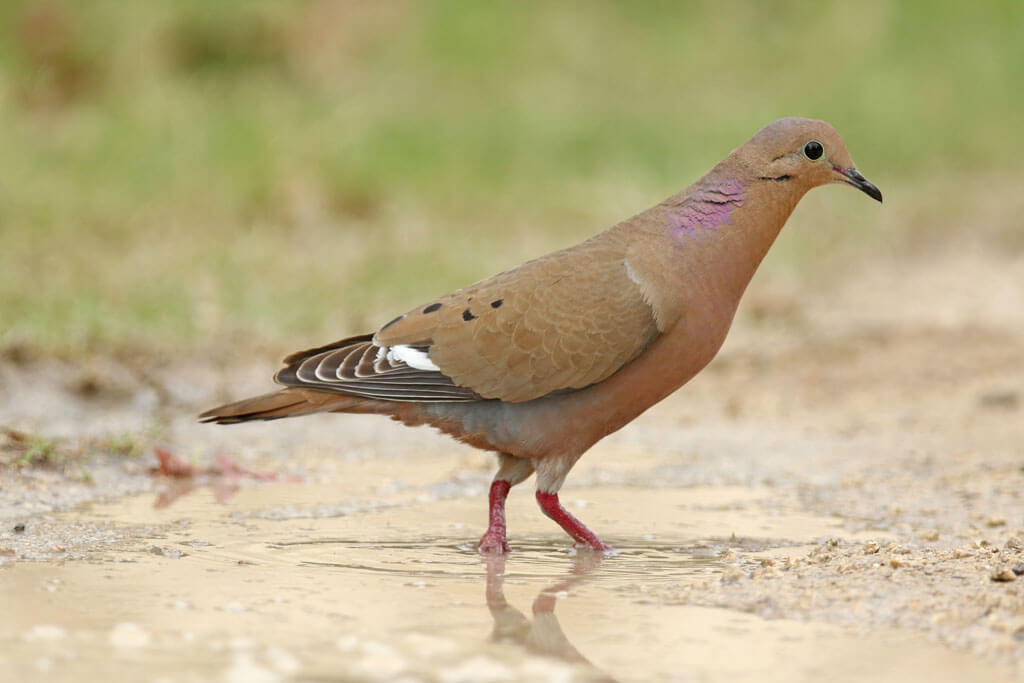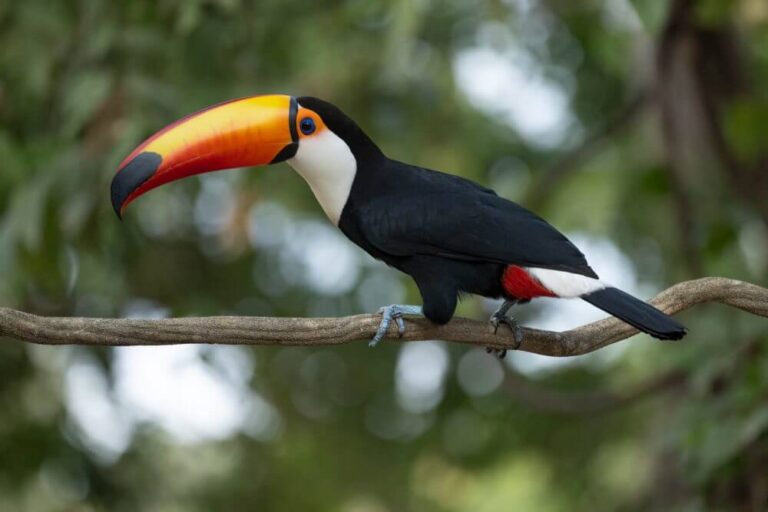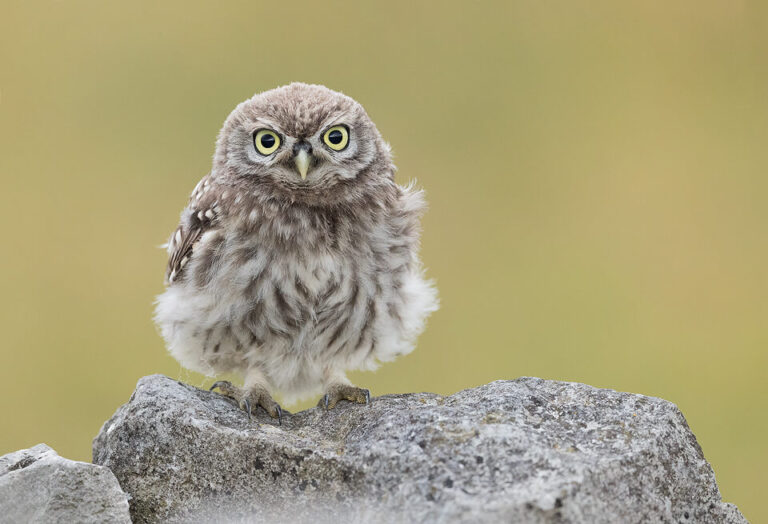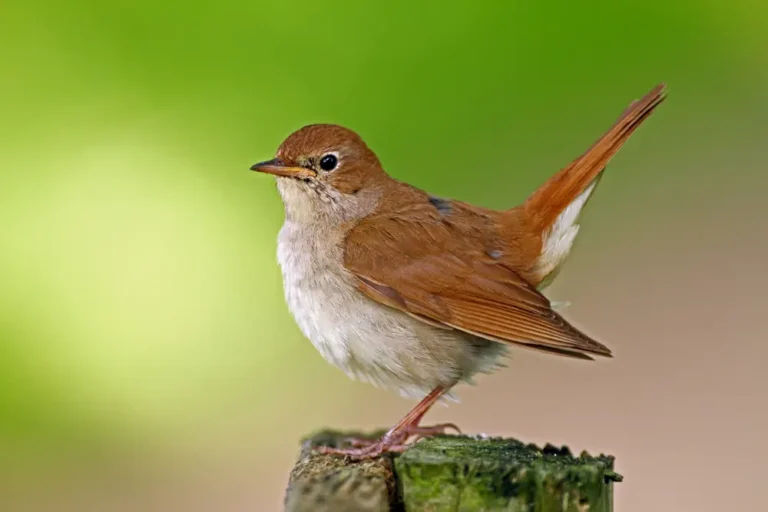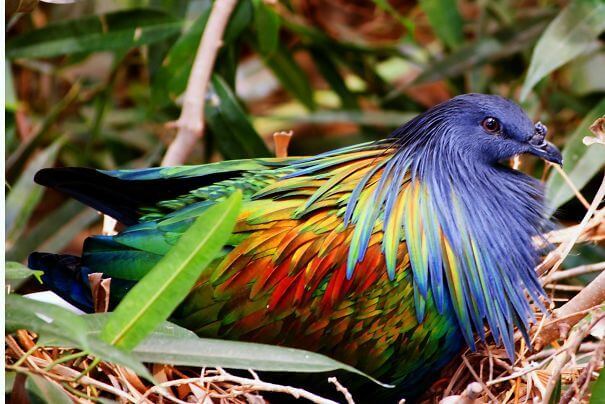Zenaida Dove: Habitat, Diet, Behavior & Facts
The Zenaida Dove (Zenaida aurita) is a small, elegant bird commonly found across the Caribbean islands and parts of South America. Known for its gentle cooing and graceful appearance, this species is cherished by birdwatchers and researchers alike for its adaptability, peaceful demeanor, and close relation to the Mourning Dove.
This article will explore Zenaida Dove’s scientific classification, physical characteristics, habitat, behavior, diet, reproduction, predators, and conservation status. Additionally, we’ll dive into its fascinating evolutionary history and unique relationship with humans and provide interesting facts that make this bird a true treasure of the avian world.
Contents
- 1 Scientific Classification
- 2 Physical Characteristics of the Zenaida Dove
- 3 Habitat and Distribution
- 4 Behavior and Social Structure
- 5 Diet: What Do Zenaida Doves Eat?
- 6 Reproduction and Nesting Habits
- 7 Predators and Threats
- 8 Conservation Status
- 9 Evolutionary History and Interesting Facts
- 10 Relationship with Humans
Scientific Classification
- Kingdom: Animalia
- Phylum: Chordata
- Class: Aves
- Order: Columbiformes
- Family: Columbidae
- Genus: Zenaida
- Species: Zenaida aurita
The Zenaida Dove is a Columbidae family member, including pigeons and doves. Its genus, Zenaida, is named after Zénaïde Laetitia Julie Bonaparte, a 19th-century French princess and naturalist.
Physical Characteristics of the Zenaida Dove

The Zenaida Dove is a medium-sized bird characterized by its warm, earthy tones and distinct markings:
- Size: Approximately 28-30 cm (11-12 inches) in length.
- Weight: Around 140-180 grams (5-6 ounces).
- Coloration: It has a soft, pinkish-brown body with a slight iridescent sheen on the neck and chest. Its wings blend brown and gray, with distinctive black markings along the edges.
- Tail: The bird’s tail is short and rounded, with white tips visible during flight.
- Eyes: Dark brown, surrounded by a thin, bluish eye-ring.
- Beak and Feet: The beak is dark, slender, and slightly curved, while the legs and feet are pinkish-red.
Zenaida Dove’s most striking feature is its unique wing sound. During flight, it produces a soft whistling noise, a characteristic also found in some other dove species.
Habitat and Distribution
The Zenaida Dove primarily inhabits tropical and subtropical regions, favoring a variety of environments:
- Geographical Range: Native to the Caribbean islands (Bahamas, Jamaica, Cuba, Puerto Rico, and others), parts of Central America, and coastal regions of northern South America.
- Habitats: This dove thrives in open woodlands, savannas, mangroves, and semi-arid scrublands. It is also found in urban areas, parks, and gardens, showcasing its adaptability to human-altered environments.
Behavior and Social Structure
The Zenaida Dove is known for its calm and peaceful nature, but it can also exhibit territorial behavior during mating and nesting seasons:
- Daily Activity: They are primarily diurnal, foraging during the day and roosting in trees or shrubs at night.
- Flight: The dove has a swift, direct flight pattern, with rapid wingbeats interspersed with glides.
- Communication: Their soft, melodious cooing is a distinctive sound of the Caribbean. It serves as both a mating call and a way to establish territory.
- Territoriality: During the breeding season, males become territorial, chasing away intruders from their nesting sites.
Diet: What Do Zenaida Doves Eat?
The Zenaida Dove’s diet is primarily granivorous, but it also includes other food sources:
- Seeds and Grains: Their diet consists mainly of grass seeds, wild grains, and legumes.
- Fruits: They occasionally consume small fruits and berries, particularly during the non-breeding season when seeds may be scarce.
- Insects: While seeds dominate their diet, Zenaida Doves also feed on small insects, especially during the breeding season, to provide extra protein for growing chicks.
Foraging typically occurs on the ground, where they search for seeds scattered in open areas, fields, or along roadsides.
Reproduction and Nesting Habits
The Zenaida Dove exhibits typical dove reproductive behaviors, with both parents involved in raising the young:
- Mating: Males attract females through courtship displays, including bowing, puffing their chests, and performing short flights to showcase their plumage.
- Nesting: Nests are often simple and flimsy, constructed from twigs, grasses, and leaves. They are usually located in low shrubs, small trees, or even on the ground in some cases.
- Eggs: The female typically lays two white eggs, which both parents incubate for about 12-14 days.
- Chick Development: The chicks, known as squabs, are altricial, meaning they hatch helpless and blind. They flee the nest after about two weeks, although they continue to rely on their parents for food for a few more weeks.
Predators and Threats
Despite its peaceful nature, the Zenaida Dove faces several predators and threats in the wild:
- Natural Predators: These include birds of prey like hawks and falcons, snakes, and small mammals that target eggs and chicks.
- Human Activities: In some regions, the Zenaida Dove is hunted for sport or food. Habitat loss due to urbanization and agriculture also poses significant challenges.
- Invasive Species: Introducing predators like feral cats and rats into island ecosystems has further threatened their populations.
Conservation Status
According to the International Union for Conservation of Nature (IUCN), the Zenaida Dove is classified as Least Concern due to its relatively stable population. However, certain local populations face habitat loss and hunting pressures, particularly on smaller islands.
Conservation efforts focus on habitat preservation, particularly in areas with high levels of tourism and development.
Evolutionary History and Interesting Facts
- Evolutionary Relatives: The Zenaida Dove is closely related to the Mourning Dove (Zenaida macroura) and the White-winged Dove (Zenaida asiatica). These species share many physical traits and behaviors, but the Zenaida Dove is better adapted to tropical climates.
- Name Origin: “Zenaida” is derived from Zénaïde Bonaparte, a French naturalist and the niece of Napoleon Bonaparte.
- Unique Adaptations: The dove’s ability to live in rural and urban areas showcases its adaptive flexibility. It can thrive in bustling cities or quiet tropical forests, a testament to its resilience.
- Cultural Importance: In some Caribbean cultures, the Zenaida Dove symbolizes peace and tranquility. Its cooing sound is often associated with the calming rhythm of island life.
Relationship with Humans
The Zenaida Dove has a long-standing relationship with humans, particularly in the Caribbean:
- Cultural Symbolism: As a common sight in many island nations, the Zenaida Dove is often seen as a symbol of peace and harmony.
- Ecotourism: Birdwatchers and nature enthusiasts frequently travel to the Caribbean to observe the Zenaida Dove in its natural habitat, contributing to local economies through ecotourism.
Conclusion
The Zenaida Dove is a remarkable species symbolizing grace, adaptability, and resilience. From its charming appearance and gentle cooing to its survival in diverse habitats, this dove has earned its place as a beloved bird across the Caribbean and beyond. While its conservation status remains secure, ongoing efforts to preserve its habitats will ensure that future generations can continue enjoying the Zenaida Dove’s beauty.
FAQs
What is the meaning of Zenaida dove?
The name “Zenaida” honors Zénaïde Bonaparte, a French naturalist and member of the Bonaparte family. The word “dove” generally symbolizes peace and gentleness.
What do Zenaida doves eat?
Zenaida Doves primarily eat seeds, grains, and small fruits. They occasionally consume insects for added protein, particularly during the breeding season.
What are the characteristics of the Zenaida dove?
Zenaida Doves are medium-sized birds with pinkish-brown plumage, black wing markings, and a distinct cooing sound. They are known for their adaptability to various habitats.
Where is the Zenaida dove nest?
Zenaida Doves typically nest in low shrubs, small trees, or on the ground. Their nests are made of twigs, grass, and leaves, often simple and loosely constructed.
- Golden Retriever Pros and Cons: What Every Pet Parent Should Know - 15 September 2025
- Cane Corso Dog Breed: Health, Care, and Lifespan - 14 September 2025
- Catahoula Leopard Dogs: Description, Temperament, Lifespan, & Facts - 21 July 2025

